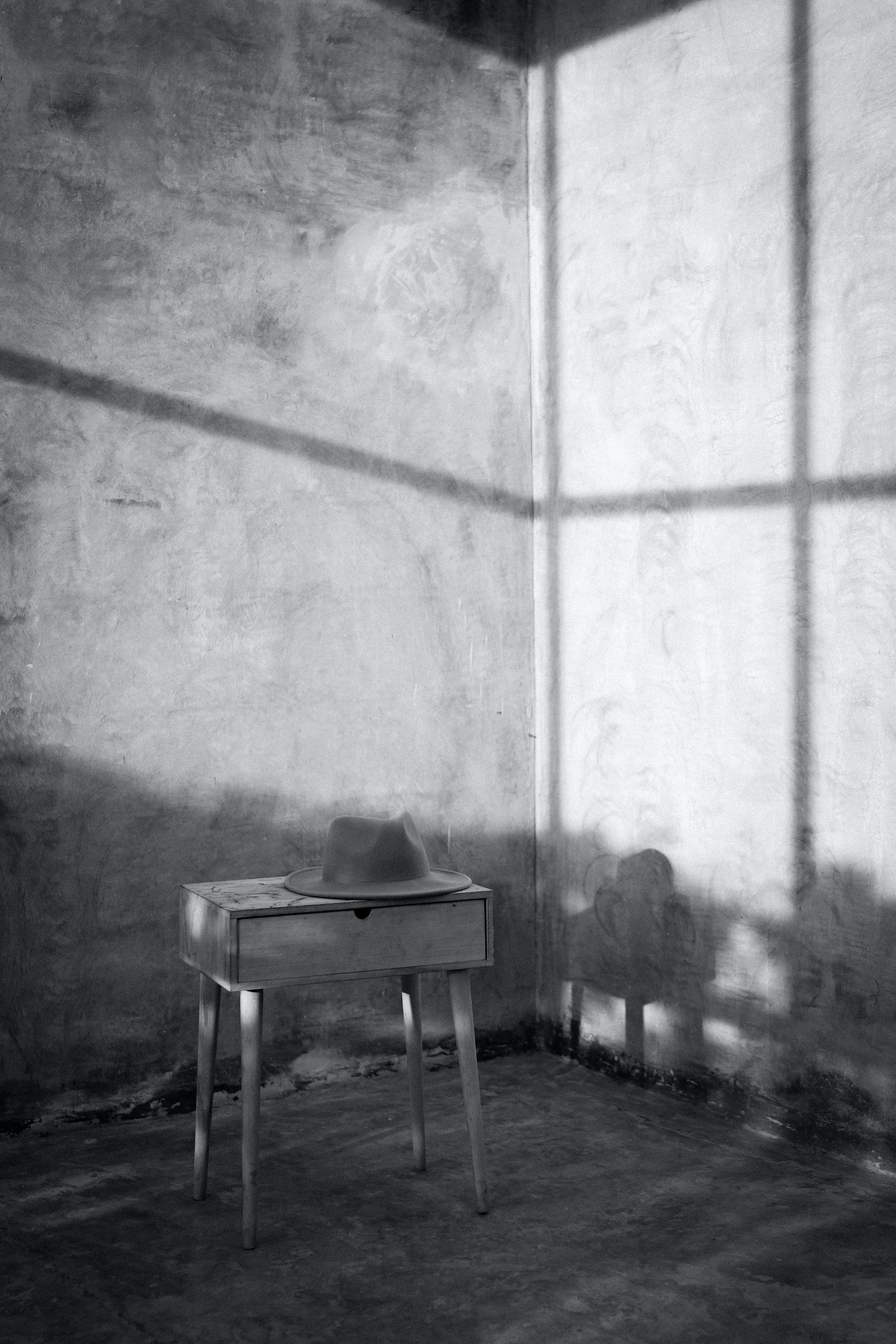To Craft My Son a Casket

To Craft My Son a Casket
Clint Watkins
On the Gift of Compassionate Craftsmanship in a Time of Grief
The sun concealed itself and the wind delivered a chill to accompany our sorrow. Surrounded by snow-covered tombstones, our bodies shivered under death’s shadow. It was time to bury our son. Friends and family joined us to lament, cling to hope, and remember our child, Eli.
My wife and I initiated the funeral by walking past the solemn assembly. We fixed our eyes on the black hearse that would reunite us with Eli before our last separation. The funeral director opened the rear door to reveal where our son lay. His casket was magnificent.
It felt inappropriate to admire something reserved only for death, but it was worth marveling at. It was clear that the casket was a product of meticulous, thoughtful workmanship, where beveled panels of natural oak offered a precision to contrast our chaos. The sight of the weighty, crafted casket struck a somber chord of fatherly pride; I wanted the best for my son, in life and death, and this handiwork qualified as worthy.
The craftsmanship alone would have made it special, but the compassion behind its creation provided even deeper comfort. Handcrafted by Trappist monks as part of their ministry, it was a unique token to have spiritual men we never met make one of the most sacred items we ever owned. They prayed for Eli, donated the coffin, and planted a tree in his memory. We also received a cross engraved with his name and birthday, carved out from the top of the casket that we now stood above. This work of compassion was a flicker of light in the darkness. We were not alone. Our son would not be forgotten.
*
My son’s casket showed me how elements of craft and art can be powerful means to “weep with those who weep” (Rom. 12:15). To create something on behalf of someone else’s sorrow—as if in a form of intercessory prayer—is to make their heartache your own. Compassionate craftsmanship can offer solidarity in the midst of grief.
Months before our son died, I marveled and wept before another work of empathetic creativity. I visited the memorial not just out of curiosity, but for the sake of camaraderie. The town I grew up in was home to many commuters who would make their traverse to New York City each day. Several of my friends’ parents were in the Towers when the planes crashed into the buildings on that fateful day—three of them didn’t make it out. As I found their names at the memorial, I wept.
The 9/11 Memorial is a profound tribute to tragedy and love. Two square waterfalls sit where the Twin Towers once stood, constantly-flowing water disappears into two dark voids. Surrounding each waterfall are nearly 3,000 names, inscribed in bronze to commemorate each life lost during the attacks. The rushing water drowns out the city noise, urging you to listen to something else—the heartache that emanates from this sacred ground. Michael Arad, the memorial’s architect, describes his design as “absence made visible.”
*
For my wife and I, our mourning began months before the casket was closed. Halfway through our first pregnancy, we learned of our son’s fatal condition. Eli would continue growing in the womb but would not live after delivery. His birth and death would occur in the same room. Our souls ached as each day crept toward our loss. But as time tormented us, it allowed our friends and family to find creative ways to make Eli’s absence visible.
Arthur, a woodworker, built a keepsake box and engraved Eli's name into it by hand. It now holds mementos and memories from our short time with Eli. Both its creation and its contents proclaim that our son will always be remembered.
Sarah made Eli a quilt, using every detail to pay tribute to our son and provide us comfort in the storm. Though death wrapped itself around our family, Eli’s blanket covered us in hope.
Autumn, a professional photographer, rushed to the hospital after Eli was born so she could document the only time our family could hold him. We now carry our most painful and beautiful moments with us forever, displaying Eli’s pictures in our home to share his story with others.
Jen stitched Eli’s name on my pocket square so I could represent him when I preach. She also embroidered his name on handkerchiefs, reminding us that our weeping would not be wasted or ignored.
Jacob dedicated his first published children’s book to Eli. Our son’s story now accompanies other children as they learn to find beauty in the midst of struggle.
Several others came alongside us with compassionate creativity. Blankets, poems, ornaments, and artwork all proclaimed that Eli’s life, death, and impact would not be forgotten.
Whether made visible through a public memorial or a personal keepsake, craftsmanship can be a companion in calamity. We are all image-bearers, reflecting the creativity of our Creator. And we are all burden-bearers, reflecting the compassion of our Savior and we are able to use our gifts to honor others’ grief. Make their heartache your own. Make your presence known. Make absence visible.
Clint Watkins
Writer & Missionary
Clint is a missionary with Disciple Makers. Find more of his work here: frailfather.com or on Instagram at @clintdwatkins
Photography by Nugroho Wahyu